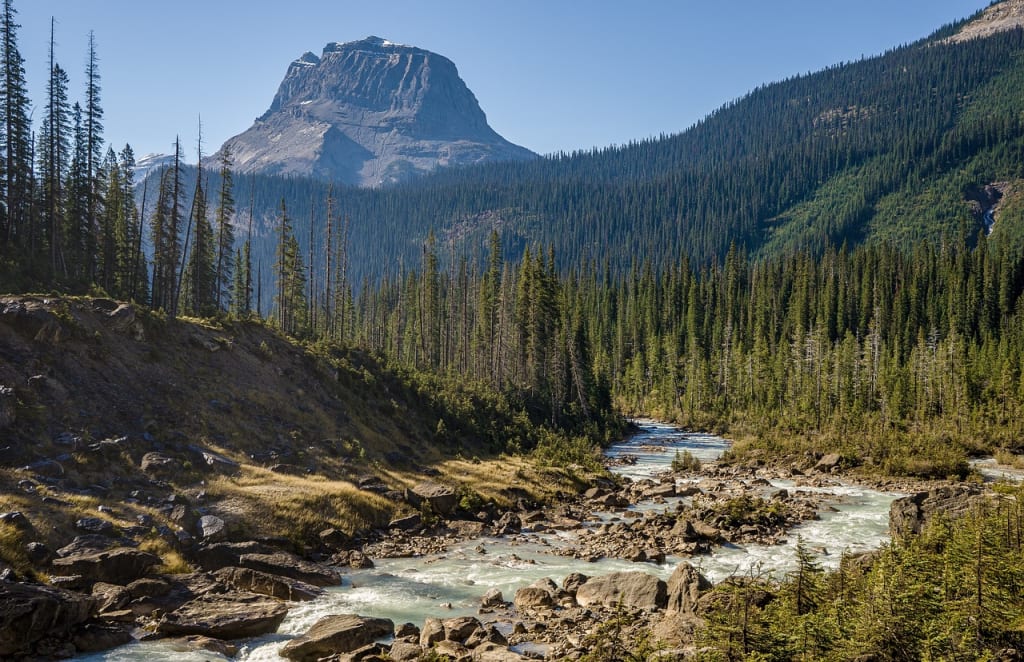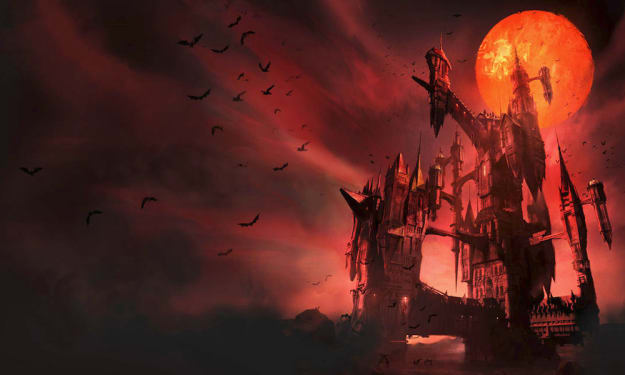The Valley of Headless Men
One of Canada’s Deadliest National Parks

Each of us has our own daily grind that tends to become repetitive, monotonous, and uninteresting. This is largely because there isn’t anything new in cities and towns that we have explored more times than we might care to count. Yet, there are still places in the world that remain wild, unexplored, and primal. One such place is The Valley of Headless Men, known formally as The Nahanni National Park Reserve.
Why is the Nahanni National Park Reserve So Remarkable?
Located in the Northwestern Territories of Canada, the region is more than just one of Canada’s largest national parks. It has also been formally recognized as a UNESCO World Heritage Site, due to its unique geography, beauty, and abundance of plant life and wildlife. To this day, the reserve remains untouched by technology and modern civilization.
Unfortunately, this isn’t a region that’s easily explored by the average outdoorsman. The nearest city is Yellowknife and that community is still 311 miles (500 km) away from the reserve. The easiest and fastest ways to get to the valley are by sailing along the Nahanni River or by taking a flight into the heart of the reserve. Even after you arrive, you’ll find that there are many areas where visitors are not welcome. Even documentary filmmaker Marc J. McPherson spent a considerable amount of time and energy seeking permission to access forbidden areas.
If you do go through the trouble of gaining the necessary permission and transportation, exploring the Nahanni Valley might not be the exciting excursion you expect. Many people who enter the region do not return. While some adventurers throughout the past remain missing without a trace, history has taught us that finding a lost Nahanni Valley explorer is far more terrifying.
The 200-Mile Gorge and the Mystery of the Headless Men
The Dene, one Native American tribe with a long history of settling areas around the Nahanni River, tell the few visitors to the area that the surrounding forests are evil and haunted. While the tribal elders aren’t known to offer any specific reasons for making this statement, the strange and unexplained disappearances suggest the Dene may be correct. If not haunted, there does seem to be something mysterious going on in the valley.
In the early 1900s, Mae Annie Laugherty joined a hunting party on an excursion through Nahanni Valley. A woman joining a hunting party in the uncharted wilderness was strange enough. However, Annie (her preferred nickname) was a hearty and experienced hunter, so she was reluctantly permitted to join the men with few complaints. Not long after arriving in the mountains surrounding the valley, Annie went missing. A Dene chief later stated that he had seen the woman. She’d been fully naked, fleeing like an animal on all four limbs up the side of the mountain. That was the last known sighting of Annie.
Later, in 1908, Willie & Frank McLeod ventured into Nahanni Valley in search of gold. In fact, the brothers regularly wrote to their loved ones, updating them on their prospecting efforts. They were having success and remained in the region to mine for gold over the next two years. By 1910, family members grew concerned over a sudden lack of contact. Upon searching, the two brothers were found dead. One man had his arm outstretched as though reaching for a nearby knife. Both brothers were missing their heads.
By 1920, Martin Jorgenson had arrived in the 200-mile gorge area of Nahanni Valley and built a small cabin for himself. Like the McLeod brothers, he was in the area to mine for gold. He also corresponded regularly with loved ones, boasting about his gold prospecting success, until his letters ultimately stopped coming. Searchers found the cabin burned to the ground with Martin’s charred and headless remains inside.
There are rumors that a similar fate befell another group of prospectors later in the 1920s. This group had been tightly bound to a tree and beheaded before the remainder of their bodies were set ablaze.
Although there have been numerous disappearances in Nahanni Valley over the intervening years, the instances of beheaded corpses have subsided. The most recent discovery of a beheaded corpse was in 1945. That victim was never identified.
The Valley of Headless Men: Theories
There isn’t much hard evidence to explain the beheadings and disappearances throughout the Nahanni Valley. When asked, most people local to the nearest communities, simply assume that a harsh environment and a lack of experience are to blame. There are a few more specific theories that have gained traction in recent years.
Gold Prospecting Rivalry - Some researchers believe the missing and dead were victims of competitors. Gold miners eager to keep the spoils for themselves may have murdered any other prospectors that crossed their paths. Beheading might have seemed like the quickest way to dispatch a rival.
Animal Attacks - Authorities who have investigated some disappearances attribute the beheadings to animal attacks. In fact, there are rumors that certain prehistoric creatures survived the mass extinction events that killed off the majority of dinosaurs. This is possible due to the long, harsh winters common in the region. In the spring and summer, the valley experiences a climate common in more tropical locations. In particular, the Dene claim to have seen mastodons and the dog-bear amphicyonidae.
Cannibals - The Dene isn’t the only tribe living in Nahanni Valley. They describe a second tribe, the Naha. According to the Dene, the Naha tribe was a nomadic group of cannibals who claimed the region as their own. They frequently attacked the Dene and anyone else who seemed to be encroaching on their land. The belief is that the Naha were hoarding gold and wanted to keep outsiders from stealing it.
The Dene say that the Naha seemed to disappear all at once. Coincidentally, the disappearances and beheadings of visitors to the valley seem to have stopped at the same time. Whether the Naha went extinct, relocated to a different area, or changed their methods, they seem to have taken the problem with them.
About the Creator
E.J. V'Kanty
Copywriter, blogger, and fiction writer. My interests include horror movies, rock/metal music, outdoor activities, and traveling. I'm an animal lover and a Gen X survivor.
Enjoyed the story? Support the Creator.
Subscribe for free to receive all their stories in your feed. You could also pledge your support or give them a one-off tip, letting them know you appreciate their work.






Comments (1)
Really interesting.